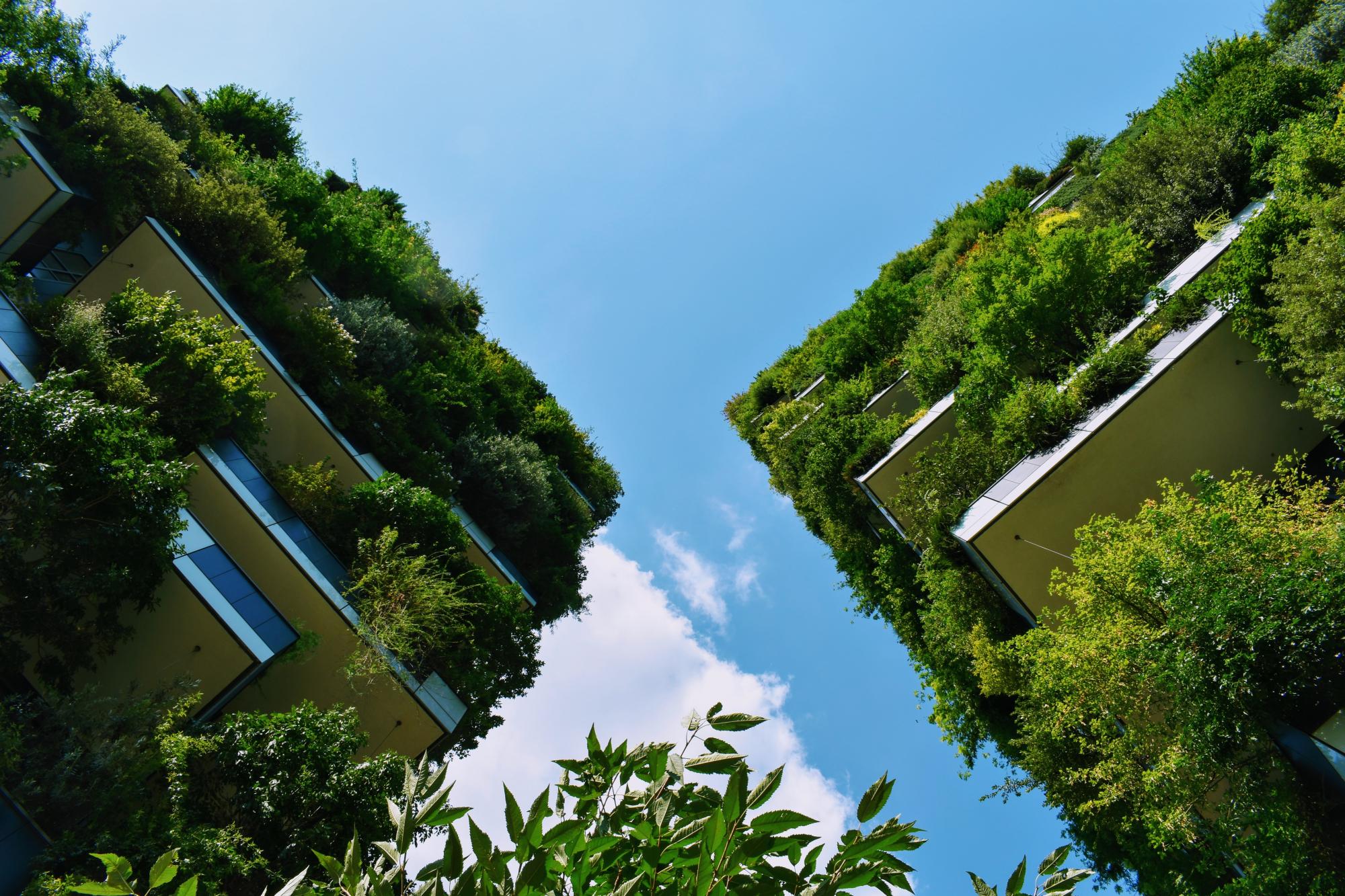The Kota Damansara Community Forest Reserve is a forest located 10 km west of Kuala Lumpur in the state of Selangor and is the oldest managed forest reserve in Peninsular Malaysia. As the reserve was threatened over the years by plans for clearing and housing development, the community located in the township close to the forest sprang into action to salvage the forest. As early as 2003 an organization called Friends of Kota Damansara was formed to lead a diverse group of concerned individuals, organisations and communities to rally together to vocally defend the forest (2, 3). Efforts to protect and conserve the forest focused on a series of activities such as the development of a biodiversity management plan, awareness-raising activities, educational activities, building capacity activities, and the creation of an ethnobotanical garden to showcase Temuan (local indigenous people) knowledge of plants (1). These efforts were funded with the help of the UN's GEF's Small Grants Programme and led to the reserve being officially gazetted as of 18 February 2010 (Sel GN 398/2010) and being classified as amenity forest, education forest and research forest, making up 3% of land area in the state of Selangor (1, 2). Nowadays, the Kota Damansara Community Forest Reserve Trails is a popular weekend destination for mountain bikers, trail runners and casual hikers (3). Furthermore, the KDCFP has become much more accessible and utilizable by visitors from various categories of societies, besides researchers discovering and documenting a number of species of flora and fauna unique or endemic to the park (1).
Overview
Nature-based solution
- Blue infrastructure
- Lakes/ponds
- Community gardens and allotments
- Community gardens
- Parks and urban forests
- Large urban parks or forests
Key challenges
- Climate action for adaptation, resilience and mitigation (SDG 13)
- Climate change mitigation
- Green space, habitats and biodiversity (SDG 15)
- Habitat and biodiversity restoration
- Habitat and biodiversity conservation
- Green space creation and/or management
- Health and well-being (SDG 3)
- Enabling opportunities for physical activity
- Creation of opportunities for recreation
- Social justice, cohesion and equity (SDG 10)
- Environmental education
- Economic development and employment (SDG 8)
- Tourism support
Focus
Project objectives
Implementation activities
Climate-focused activities
Climate change mitigation:
- Implement sustainable forest management measures to increase carbon sinks/ improve carbon storage
- Raise public awareness of behaviours, lifestyle and cultural changes with mitigation potential
Biodiversity conservation or restoration-focused activities
Biodiversity conservation:
- Protect and enhance urban habitats
- Preserve and strengthen existing habitats and ecosystems
- Create new habitats
- Reduce negative impacts and avoid the alteration/damage of ecosystem
- Protect species
- Undertake specific measures to protect native species
- Undertake specific measures to protect valued species
- Control and clean invasive alien species
- Means for conservation governance
- Manage biological resources for conservation and sustainable use
- Raise public awareness
- Public engagement
- Capacity building
- Protect and apply traditional knowledge and conservation practices
Biodiversity restoration:
- Restore species (native, endangered, or unspecified)
- Clear and control invasive alien species
- Public engagement
Main beneficiaries
- Local government/Municipality
- Non-government organisation/Civil Society
- Researchers/University
- Citizens or community groups
- Marginalized groups: Socio-economically disadvantaged populations (e.g. low-income households, unemployed), People with functional diversities, Other
- Young people and children
Governance
Management set-up
- Co-governance with government and non-government actors
Type of initiating organisation
- Non-government organisation/civil society
- Citizens or community group
Participatory approaches/ community involvement
- Taskforce groups
- Dissemination of information and education
- Consultation (e.g. workshop, surveys, community meetings, town halls)
- Co-management/Joint management
- Citizen oversight (e.g. boards, advisory)
- Citizen science
Details on the roles of the organisations involved in the project
Project implemented in response to ...
Financing
Total cost
Source(s) of funding
- Multilateral funds/international funding
Type of funding
- Direct funding (grants, subsidies, or self-financed projects by private entities)
Non-financial contribution
- Provision of expertise
- Provision of other services
- Citizens (e.g. volunteering)
Impacts and Monitoring
Environmental impacts
- Climate change
- Enhanced carbon sequestration
- Green space and habitat
- Increased green space area
- Increased conservation or restoration of ecosystems
- Reduced biodiversity loss
Economic impacts
- Generation of income from NBS
Socio-cultural impacts
- Social justice and cohesion
- Improved access to urban green space
- Increased visibility and opportunity for marginalised groups or indigenous peoples
- Increased involvement of locals in the management of green spaces
- Health and wellbeing
- Gain in activities for recreation and exercise
- Education
- Increased knowledge of locals about local nature
Type of reported impacts
Presence of formal monitoring system
Presence of indicators used in reporting
Presence of monitoring/ evaluation reports
Availability of a web-based monitoring tool
References
2. Transparency International - Malaysia (2013), Going. Going...Gone? Our Turn to Care and Act for Our Forests, available at Source link (accessed 20-2-2023)
3. MyChangkul (2015), Kota Damansara Community Forest Reserve, available at Source link (accessed 20-2-2023)
4. Lim Teck Wyn Resource Stewardship Consultants Sdn Bhd (RESCU) (2010), Biodiversity Assessment and Recommendations for a Revised Management Plan of Kota Damansara Forest Reserve, available at Source link (accessed 20-2-2023)
5. Kota Damansara Forest (no date), Trail Network, available at Source link (accessed 18-3-2023)
6. Kota Damansara Community Forest (MDCF) Society (no date), The Forest, available at Source link (accessed 20-2-2023)
7. Ishak M. S. M., Mohd N. S., Mohd S. D. (2011). Riparian Buffer Zone: An Assessment of Public Awareness in Kota Damansara Community Forest Park, available at Source link ( accessed on 20-2-2023)








